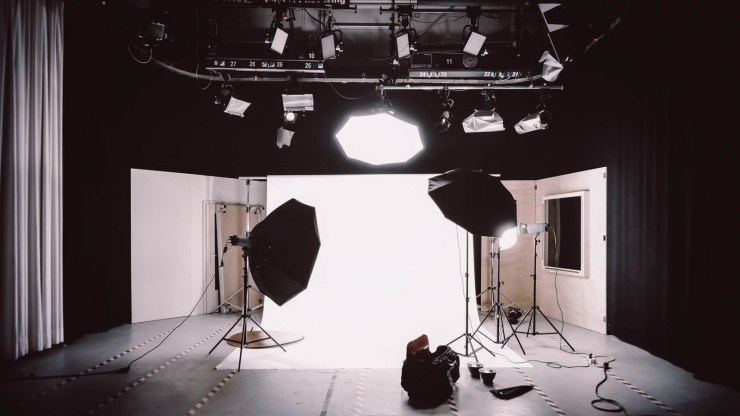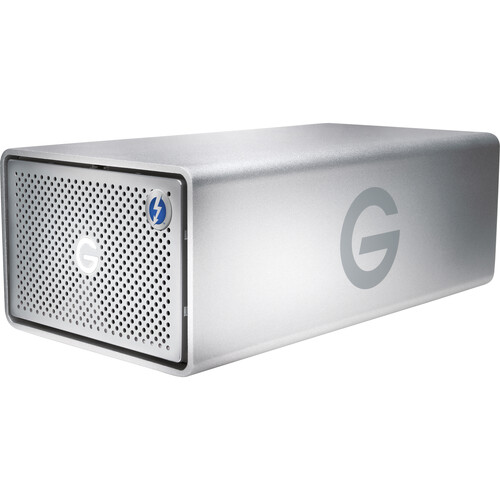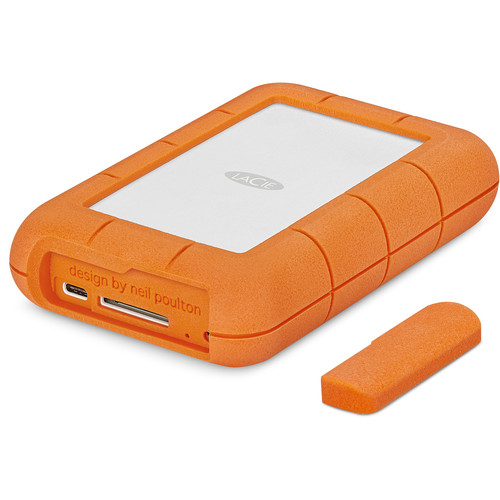Now that you’ve got your 3-2-1 backup plan in place, and have safely stored your photos in the cloud, let’s get back to basics: what hard drive is best to store your photos?
Choosing a hard drive (or, more likely, drives) for your photos is an important decision. Your workflow, the space needed and cost are all going to play a part in choosing the best drive for your photos.
First, consider how you work as a photographer
When you’re planning your photo storage, first consider how you work with your photos. Do you always edit on the same computer? Are you on the go, editing on a desktop, laptop and mobile device? Review the list below to help you choose the kind of drive that you need.
Second, consider your photoshoot volume
Once you’ve chosen what kind of drive you need, then consider your space requirements. How many gigabytes of photos do you already have? If buying a new drive to house your existing collection plus new work, make sure you get enough space to keep you going for a while.
Consider too: How often (yearly, every second year, etc.) will you need to add drives to your storage at your current rate of shooting? How long can you afford to archive client work before you clear your drives? Make sure you budget for future storage needs when considering your cost of doing business, and set policies in place with clients so that they know how long they can expect that photos will be archived on your system.

Third, choose your drive
Let’s dive into the different types of drives out there, so you can pick the best drive for your needs.
Internal hard drives
Internal drives are installed inside your desktop or laptop. There are two main types: Mechanical (with a spinning disk) and solid state drives (SSD). With a mechanical drive, you’ll get more space for the same price as a SSD drive, but SSD drives have faster read-write times.
A dedicated internal hard drive for photos is a good option for photographers who edit only on desktop and don’t need to take their photos on the road. It’s also a good option for a primary drive in your 3-2-1 backup setup: You could add a portable drive as your second backup location.
The drawback of relying on internal drives is that your computer only has so many internal slots for adding internal drives. With a laptop, you have one drive, and with a desktop, you’re likely to have no more than two drive slots. This means once your internal drive fills up, you have to replace it with a larger capacity drive, or add external drives.
Shop for internal drives here.
External hard drives and hard drive arrays
External drives sit outside your computer. They can be either mechanical or SSD. The benefit of external drives is that they can be plugged into any computer you work on; for example if you use a laptop and a computer at home.
A hard drive array is a device that holds two external drives. These are a good solution for photographers, because you can set up the second drive to mirror the first: If one fails, the other is ready to go, with no data loss.
Hard drive arrays come with the enclosure and the drives already installed, so choose the size you need (or the largest you can afford). The G-Technology G-RAID is a sophisticated piece of high volume tech for data-heavy shooters, and for those who need less data space the LaCie range offers the 4TB Rugged RAID with a built-in SD reader (note, it’s not battery-powered like the Rugged BOSS mentioned below, so you still need a computer for this one).
.mgl-tiles { display: none; } #mgl-gallery-634eeba1444e1 { margin: -5px; width: calc(100% + 10px); } #mgl-gallery-634eeba1444e1 .mgl-box { padding: 5px; } @media screen and (max-width: 768px) { #mgl-gallery-634eeba1444e1 { margin: -5px; width: calc(100% + 10px); } #mgl-gallery-634eeba1444e1 .mgl-box { padding: 5px; } } @media screen and (max-width: 460px) { #mgl-gallery-634eeba1444e1 { margin: -5px; width: calc(100% + 10px); } #mgl-gallery-634eeba1444e1 .mgl-box { padding: 5px; } }
The G-Technology G-RAID will store everything you need.
The LaCie Rugged RAID boasts a built-in card-reader.
Shop more hard drive arrays and external drives here.
Network Attached Storage (NAS) devices
Using a NAS is an excellent solution for photographers. It’s similar to a hard drive array, but is also connected to your local network and the internet. These devices are computer systems in themselves and the possibilities for use are endless, from remote access of your files from anywhere in the world, to serving as a private cloud backup solution for your team of photographers.
For a NAS system you need to buy the NAS enclosure, and then buy the drives to fill the bays. This is in contrast to a hard drive array which includes pre-installed drives. (Note: B&H lets you choose the size drives you need when ordering — see links below.)
You can switch out drives from your NAS enclosure, which makes it super flexible for a growing collection and archiving old work. Each drive can store files individually, or they can be set up to mirror in pairs, so that every drive is always backed up.
I recommend a mirrored setup for photographers: It’s an automatic method of creating your second backup copy in your 3-2-1 backup system. All you need to do then is back the NAS drive up to iDrive as your cloud storage, and you’re done.
The Synology 4-bay Diskstation is a great NAS for solo photographers: the four bays mean you could have two separate mirrored drive pairs, for vast storage space limited only by your wallet. Try an 8-bay for studios shooting with a large team!
You can shop more NAS enclosures and drives here.
Rugged portable hard drives
For photographers on the move, a rugged portable hard drive is the way to go, especially for fast, offline access. Often photographers will maintain a primary copy of files at home or in your office on an external drive or NAS, and then take files when traveling on a portable drive.
I recommend the LaCie 5TB Rugged external hard drive, for data stability and durability. You can mirror your primary, on-site files onto your portable drive using a sync program like SyncBack Pro.
Shop more portable hard drives here.

Portable hard drives with SD card reader
For photographers who really work off the beaten track, a portable, battery-powered hard drive with an SD card reader is a solution that means you can back up cards on the go without needing a computer or laptop. GNARBOX are the leaders in this space (check out the 1TB version here) with a whole host of desirable features for professionals, and LaCie provides the more budget-friendly Rugged BOSS which boasts laptop-free card backup in the field.
Shop more drives with card readers here.
Remember, you can also use your phone as a back up in the field, by including two tiny pieces of kit in your camera bag. Ever arrived to a shoot only to remember you didn’t download your memory cards from last time? This trick could be your saving grace.
What’s the best solution for you?
For many photographers, having a hard drive array or a NAS device with mirrored drives as the primary and secondary copy of files is the best way to store your photo files on site. When pricing out your system, remember that you will need two drives with the same storage capacity (e.g. 4TB) plus the NAS enclosure (or array enclosure) itself. If you’re on the move, add a rugged portable drive for quick offline access. And finally, don’t forget your cloud copy: iDrive has you covered with enough space for everything to be safe and secure.
Tell your story with the second annual Visual Storytelling Conference!
Experience four days of interactive, online training sessions featuring a range of educational content with experienced photographers and content creators. This free event kicks off with a series of technical boot camps to build essential skills, followed by live, online sessions on photography, video, business and social media. Join live from March 10-13, 2022!
